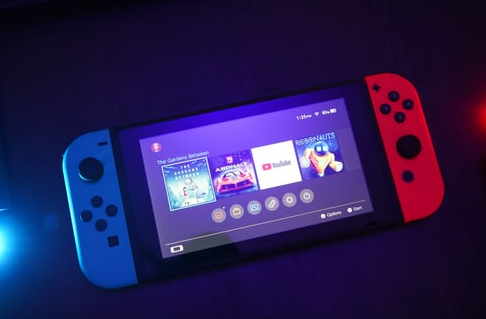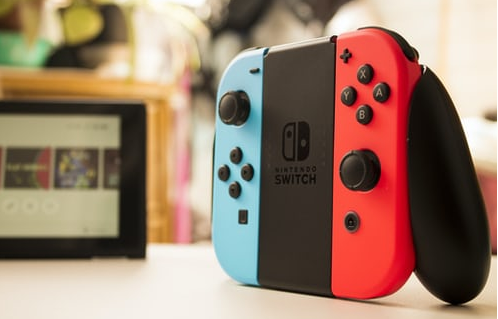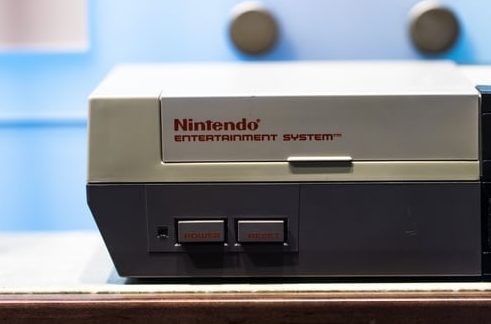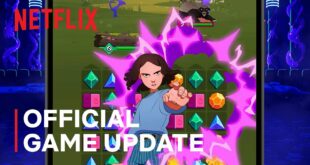Is Nintendo Still Strong in the Gaming Industry?
The gaming world is changing rapidly year after year. The focus of gaming seems to be a lot faster-paced and a bit more “mature.” It leaves one wondering, is there still something for Nintendo fans?
The Birth of Nintendo
Nintendo has always been about people playing together. Nintendo achieved popularity in the 1980s thanks to producer and coder Shigeru Miyamoto. He introduced Donkey Kong to the table, a fundamental notion that would become the first of many IPs created by Nintendo’s staff of imaginative directors.
Nintendo’s golden age was when it found its position and established long-lasting, unforgettable characters and franchises.
The Importance of Brand.
Nintendo has never been one to shy away from a feud, often going to battle with other gaming manufacturers for a bigger share of the market. In one of gaming’s most notable disputes, Sony and Nintendo clashed in 1991. The two were about to join forces in the early days of CD-ROM-based systems when Nintendo dropped out at the last minute, fearing a coup — and they were right. The project was initiated by Sony engineer Ken Kutaragi, who envisioned this collaboration as a means for Sony to enter the gaming console market.
Did they expect this to dissuade Sony from building a name for itself in gaming? Maybe. It did, however, pave the way for the Sony PlayStation.
Nintendo is fiercely protective of its brands. They spent months arguing about Mario’s hair during their cooperation with Lego in 2020. As its gaming brands are a huge part of Nintendo’s image, they will fight to keep them unique.
Nintendo Changed its Approach.
Following the debut of the GameCube in 2001, Nintendo experienced the next major paradigm shift. According to Dring, the GameCube was the point at which Nintendo realized it couldn’t win the console hardware battle.
Up until that moment, Nintendo competed with Sega, PlayStation, Xbox, and others. It would compete for the enormous third-party games and graphics capability. However, even though the GameCube was a fantastic piece of hardware, it lacked the graphic ability of an Xbox. It lacked the DVD capabilities of the PS2 and lacked the same quality of games.
Despite having a solid core audience and a nostalgia component, the system was not a cultural sensation in the same way that the PlayStation had been. The PC and PlayStation ushered in a new era of gaming as entertainment for the older audience. Then came the resurgence of the casual gaming trend.
At this point, Nintendo veered away from direct competition and developed the Wii. Instead of competing with the PlayStation Portable’s (PSP) powerhouse, Nintendo built the Nintendo DS, a touchscreen, dual-screen device. This method was forward-thinking, arriving before the first touchscreen cell phones. Although the notion did not always succeed (see Nintendo Wii U), it was a moment when Nintendo needed to modify its approach to gaming systems.
Nintendo Adopted Mobile Games.
Nintendo is a video game corporation that develops entry points for new players. Many of its games’ more straightforward mechanics allow for this. Pokémon, although not wholly its IP, serves as a fantastic framework for what any game may achieve.
It began as a game that captivated young millennials and swiftly expanded into anime shows, trading card games, and accessories. Such access points drew individuals back into the game. The next logical step was to become mobile.
Everyone who owns a smartphone owns a gaming gadget. The economic success of the free-to-play model decreased the hurdles to entry and expanded the scope of gaming to what it is now.
The Pokémon Go craze in the summer of 2016 saw the 3DS game franchise re-enter the rankings. Mobile wasn’t harming console game sales; it was doing the inverse. It’s a starting point and the first time many of the users had played a Pokémon game. Pokémon Go was tested by people who had never played Pokémon console games before. It is, therefore, an opportunity for them to play this legendary game and an opportunity for Nintendo to reach a new audience.
Mobile games haven’t produced a lot of money for Nintendo, but the possibility lies in the brand recognition they offer. Over 200 million people have downloaded Mario Kart Tour. That’s a lot of people compared to the number of individuals that bought the game on Switch. Super Mario Run has over 300 million downloads, making it the most popular Mario game. Although it was not economically successful, its popularity only strengthened Nintendo’s brand.
The Future of Nintendo
Nintendo is expanding and using its intellectual property more openly despite being a closely guarded brand. A handful of examples include the corporation collaborating with Lego for Mario’s 35th anniversary and collaborating with Build-a-Bear on the back of the hugely popular Animal Crossing: New Horizons. It has even ventured into the theme park market with Super Nintendo World, having opened a facility in Japan and other parks in North America.
Nintendo’s next logical step is to dip its feet into the Metaverse. Many people argue whether Nintendo will be a free-standing metaverse or adopt the mindset of movies such as Ready Player One. Nintendo itself seems to be leaning in this direction. They seem to be planning on becoming involved in a metaverse where players can move from one gaming world to the next, carrying their microtransactions with them, regardless of the game or the platform.
Is Nintendo still relevant to the gaming industry? Undoubtedly so. While many players who grew up with them might not feel the weight of the brand like they once did, this might simply be because that person is no longer Nintendo’s target market.
 Epic Heroes Entertainment Movies Toys TV Video Games News Art Pop culture news goodness
Epic Heroes Entertainment Movies Toys TV Video Games News Art Pop culture news goodness







